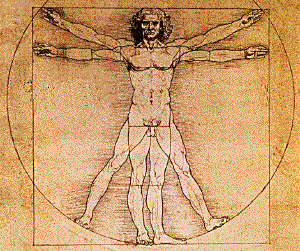In the past couple of weeks character motivation has become a big issue in my home game and at D&D Encounters. Despite an engaging and interesting story, the players found themselves asking why their characters would actually do the task the DM set before them. What’s lacking was an immediate motivation.
The way I see it, characters in D&D have two different kinds of motivation – big picture motivation and immediate motivation.
Big picture motivation will answer questions like why is this party of misfits adventuring together. It’s usually a much broader and more generalized motive. Examples of the big picture motivation include things like “We’re together to fight our common enemy, the Red Dragon that’s ravaging the countryside,” or “We’re on a quest to find the lost sceptre because he who possesses it will become king.” As long as the PCs know and understand the big picture motivation then things generally run smoothly and no one wonders why a Drow, Dragonborn, Halfling, Eladrin and Minotaur are in the same adventuring party. They have a common goal or a common big picture motivation.
